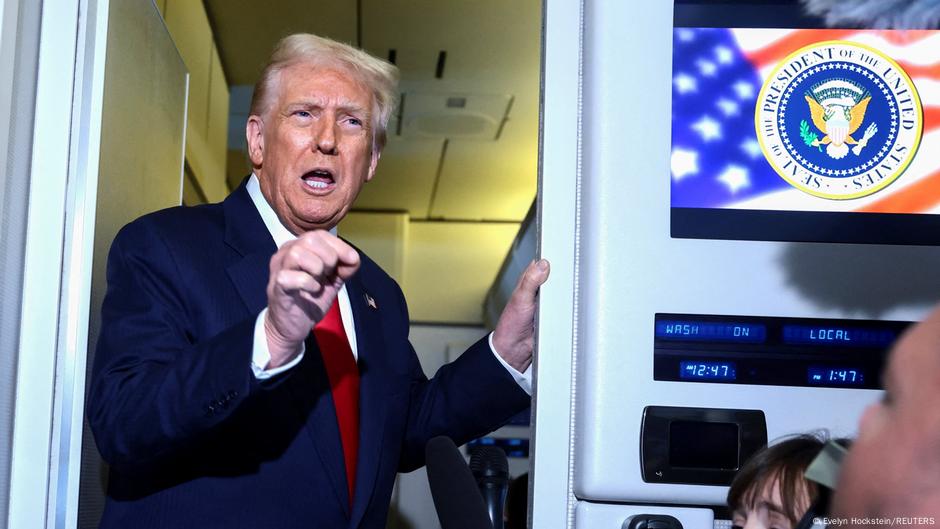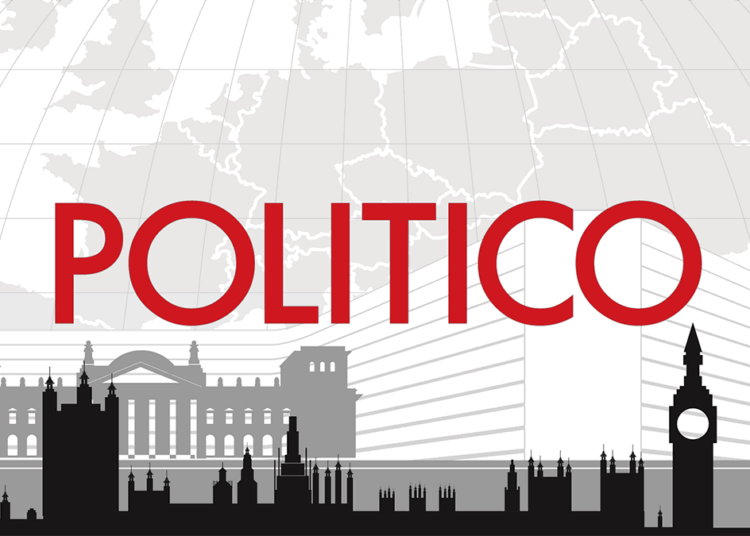It has been 33 years since an explosive US test. But, on Wednesday, President appeared to give the order to reinstate them “immediately”.
A post from the president on his Truth Social platform referenced the nuclear threat of Russia and . “Because of other countries testing programs, I have instructed the Department of War to start testing our Nuclear Weapons on an equal basis,” he wrote, referring to the recently renamed US Department of Defense.
A few days earlier, Trump had denounced for testing a nuclear-powered missile of its own. Should his apparent promise become reality, it will be a reversal of a decades-long moratorium on nuclear testing.
Trump’s administration floated a similar idea during his first term, but it was eventually shelved.
Are the US likely to actually detonate nuclear weapons?
Nuclear weapons experts say it’s somewhat unclear what exactly Trump means by It could just mean flight tests like those performed by Russia — essentially carrying nuclear missiles or similar sized weapons but not detonating them. Or it could mean the complicated and dangerous process of underground detonation.
“I expect there will be flight tests of American intercontinental ballistic missiles, but I would be very surprised if the US were to resume actual nuclear explosive testing,” Dr Alexander Bollfrass, Head of Strategy, Technology and Arms Control at the International Institute for Strategic Studies, a think tank with offices across the world, told DW.
Vitaly Fedchenko, Senior Researcher at the Stockholm International Peace Research Institute (SIPRI) is also doubtful, given the lack of definitive information. He points out that the direction of Trump’s order may suggest the less serious option.
“The people in the US administration who are responsible for maintaining the capability to conduct a nuclear test are the Department of Energy, not defense,” Fedchenko said. “So if he ordered defense to do this, then yes, maybe they’re talking about some kind of missile tests and things of that nature. But if we’re talking about nuclear weapons themselves, then it’s Department of Energy.”
Where would potential detonation testing happen?
Both experts agree that were an explosion to be carried out, it would be in the , where such tests were conducted before the current pause from the majority of nuclear nations.
But Fedchenko told DW that, given there are likely very few people still active with direct experience in this kind of testing, and complexity of the logistics required to do it, any immediate action on this front seems next to impossible.
“If we’re looking for an actual test date, that’s years in the future, at least 18 months, if everything goes absolutely according to plan,” he said. “It has to be prepared in terms of where you are going to place it. If it’s underground, you have to have a shaft or something like that, and that has to be drilled.
“You do the test underground, but it’s still a nuclear explosive, and if something does not go as planned, there can be some kind of venting or leaking of radioactivity from the test into the atmosphere. So we’re talking about potential radioactivity plume somewhere next to Las Vegas. You would also have seismic effects on those high rise buildings.”
Where does Russia come in to this?
Russia’s nuclear flight tests made headlines earlier in the week, with the country’s telling President Vladimir Putin the army had “launched a multi-hour flight of a nuclear-powered missile and it covered a 14,000-kilometer (8,700-mile) distance, which is not the limit.”
But Bollfrass doubts the impact of this on the US.
“I don’t think the United States is trying to replicate what the Russians are doing. The US has a pretty clear modernization program in place for its nuclear weapons. Many of these stem from the late period, so it makes sense to modernize them and bring online new systems,” he said.
“But the Russian so-called exotic, or novel, systems are mostly driven by a fear that US missile defenses would make it hard for their traditional nuclear weapons to get through. The United States does not have that fear, because Russia is not investing in missile defenses in the same way that the United States is.”
Might other nuclear powers force a nuclear arms race?
Though Trump’s intentions, let alone actions, are not yet clear, even a pronouncement such as this could have a ripple effect. Currently, according to SIPRI, the US, Russia, the UK, France, China, India, Pakistan, North Korea and Israel are the countries considered “nuclear-armed states.”
According to a report released earlier this year by the organization, all were undergoing “continued intensive nuclear modernization programmes in 2024, upgrading existing weapons and adding newer versions.”
As Trump has recently pointed out, the US has more nuclear weapons than any other country, with China a “distant third” behind Russia. But the Asian nation has doubled the size of its arsenal to an estimated 600 nuclear weapons in 2025 — up from 300 in 2020, according to the Center for Strategic and International Studies, a Washington-based think tank. It estimates an increase to more than 1,000 by 2030.
“With the exception of China, we’re not seeing any massive nuclear buildups,” said Bollfrass. “The United States is deeply concerned about the future. Not only does it have to size its arsenal and its nuclear posture towards Russia, but it has to face a two-peer competitor threat, as they say in the United States. So there is the potential for an arms race.”
North Korea, something of an outlier when it comes to testing, said on Wednesday that it had test-fired a volley of sea-to-surface strategic cruise missiles, which it said were capable of carrying nuclear warheads, at targets in the Yellow Sea off the country’s coast.
How has nuclear testing worked in the past?
Most major nuclear powers except North Korea stopped explosive nuclear testing in the 1990s. North Korea conducted its last nuclear test of that kind in 2017. Russia’s last confirmed test was in 1990, followed by the last US test in 1992, and by China’s in 1996.
In the early days of nuclear testing, from 1945, many tests were carried out in the atmosphere, rather than buried underground. The Arms Control Association, a group which records all nuclear tests, notes that: “Most of the test sites are in the lands of indigenous peoples and far from the capitals of the testing governments. A large number of the early tests — 528 — were detonated in the atmosphere, which spread radioactive materials through the atmosphere.”
The 1963 Limited Test Ban Treaty, to which 123 states including the US and Russia but excluding North Korea, signed up, banned atmospheric tests due to their . Though underground testing is considered safer, the possibility of “venting,” as described by Fedchenko, remains.
Edited by: Carla Bleiker
The post Trump’s proposed nuclear tests: What you need to know appeared first on Deutsche Welle.




